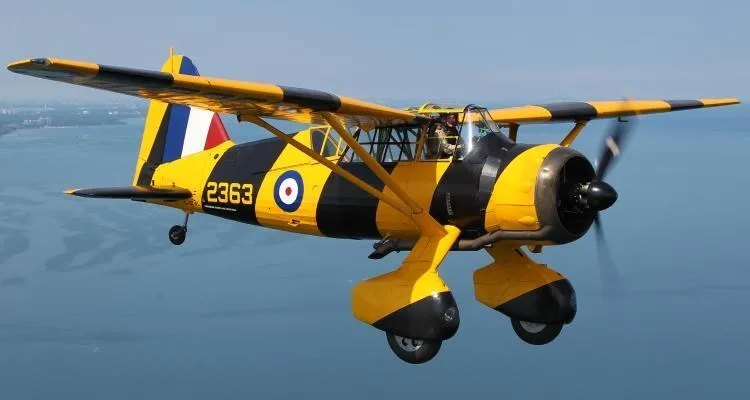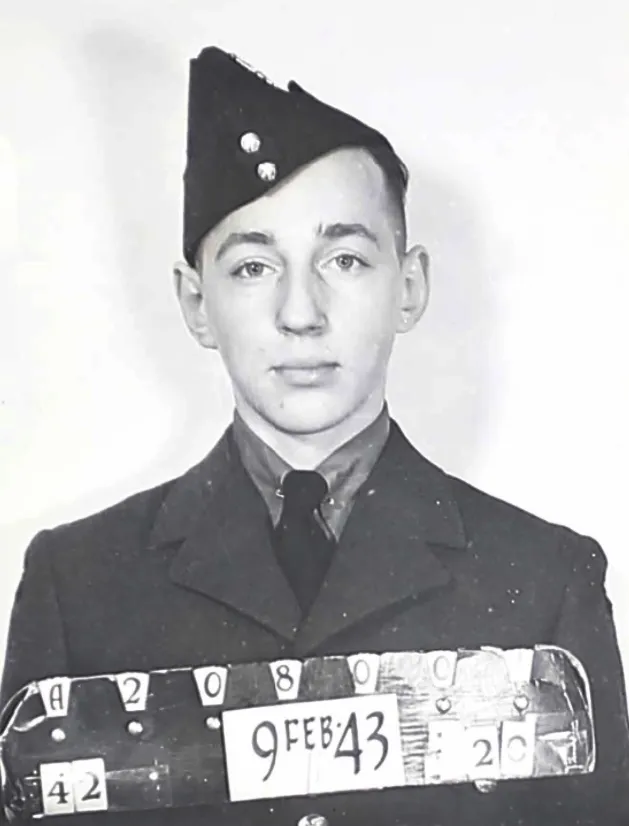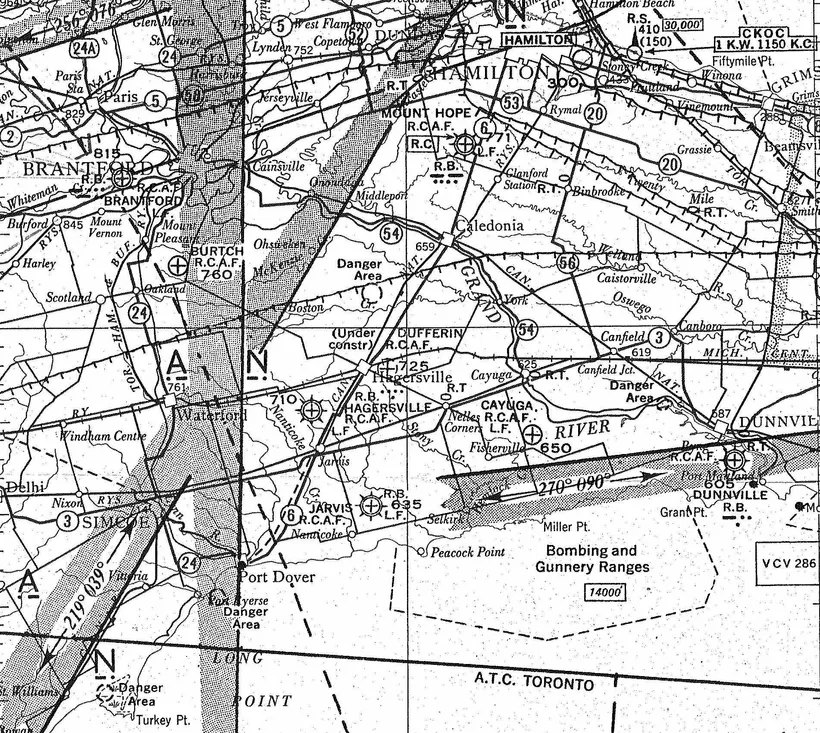Westland Lysander

Canadian Warplane Heritage Museum
Westland Aircraft of Yeovil, UK, started to design an Army Cooperation aircraft for the British Air Ministry, in June 1935. The first Lysander flew a year later and demonstrated a remarkable short field performance that today would be seen in a STOL aircraft. At the outbreak of war in September 1939, seven RAF squadrons equipped with Lysanders were sent to France in support of the British Army. In May-June 1940, 118 Lysanders were destroyed in action and 120 aircrew were killed or taken prisoner. These severe losses showed that the old ideas about army support aircraft were out of date and the future lay in fighters like the Hurricane.
The most daring use of Lysanders in WW II was with the Special Operations Executive, which supported the Resistance in German occupied France and Belgium, by flying in agents and picking up escapees. It was during these night operations, that the Lysander came into its own, using its remarkable STOL capabilities to fly into the small fields marked out by the Resistance.
The first Canadian built Lysanders rolled out of National Steel Car factory at Malton, Ontario in September 1939 and later were delivered to RCAF No. 110 (Army Co-operation) Squadron at Rockcliffe, Ontario. In February 1940, No. 110 became the first RCAF squadron to be ordered overseas to Britain, becoming No. 400 Sqn..
By late 1941, most Canadian built Lysanders had been transferred to the British Commonwealth Air Training Plan (BCATP), where they were used for target towing at gunnery training schools. National Steel Car, which became Victory Aircraft, stopped building Lysanders in September 1942, as it started to gear up to manufacture Lancaster bombers. 1,652 Lysanders were built between 1938 and 1943; 225 of them in Canada. Lysanders served with the RAF, RCAF and the RAAF, as well as the air forces of seven other nations. Canadian Warplane Heritage Museum
 Lysander - Kestrel Publications
Lysander - Kestrel Publications
CASPIR Aircraft Groups:
RCAF On Strength (329), RCAF 400 Squadron (1), Canadian Aircraft Losses (26)Lysander Mk. IIIA TT 2317
Assigned to No. 1 Training Command with No. 1 Bombing & Gunnery School at Jarvis, Ontario. Struck off, after Cat "A" crash on 31 July 1944. The pilot was attempting a forced landing after an engine failure at 5,000 ft approximately 10 mi SE of the aerodrome. The drogue operator had bailed out successfully but then the a/c stalled and crashed. Pilot Officer John Howard Green (J/42932) was killed.
1942-03-11 Taken on Strength 2019-08-20
1944-July-31 Accident: 1 Bomb & Gunnery School Loc: Kimmets Farm Rainham Country Names: Garland | Green
1944-07-31 Struck off Strength reduced to spares and produce 2021-12-30
1944-07-31 Accident Category A 2021-12-30





 School Daily Diary Entry – 1944-07-31
School Daily Diary Entry – 1944-07-31 Canadian Virtual War Memorial
Canadian Virtual War Memorial Commonwealth War Graves Commission
Commonwealth War Graves Commission Find-A-Grave.com
Find-A-Grave.com Delaware, Ontario
Delaware, Ontario Lysander
Lysander Wikipedia Lysander
Wikipedia Lysander Harold A Skaarup Web Page
Harold A Skaarup Web Page
 RCAF.info - RCAF Station Jarvis Ontario
RCAF.info - RCAF Station Jarvis Ontario